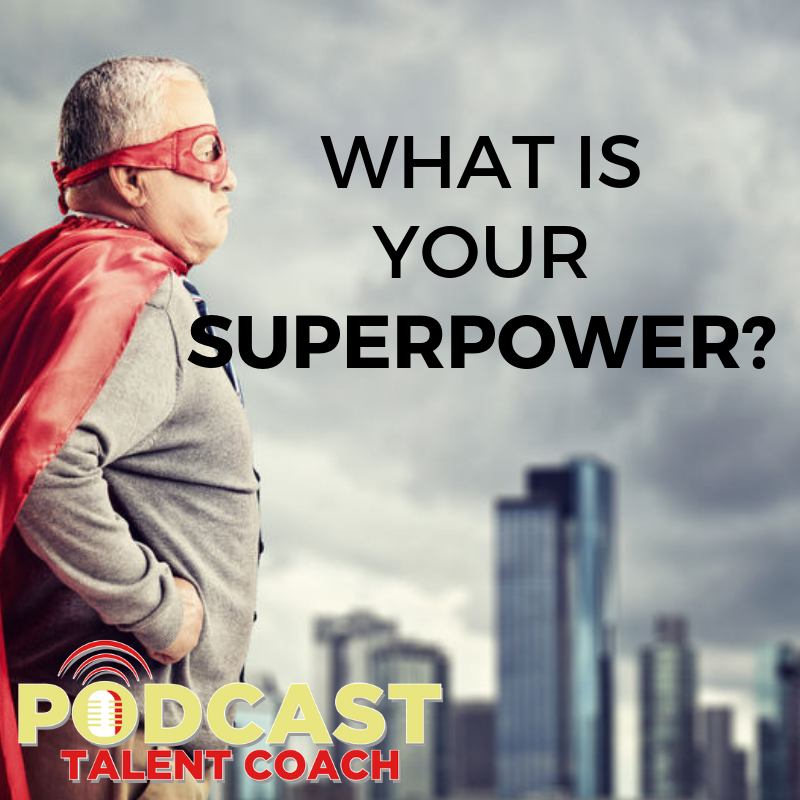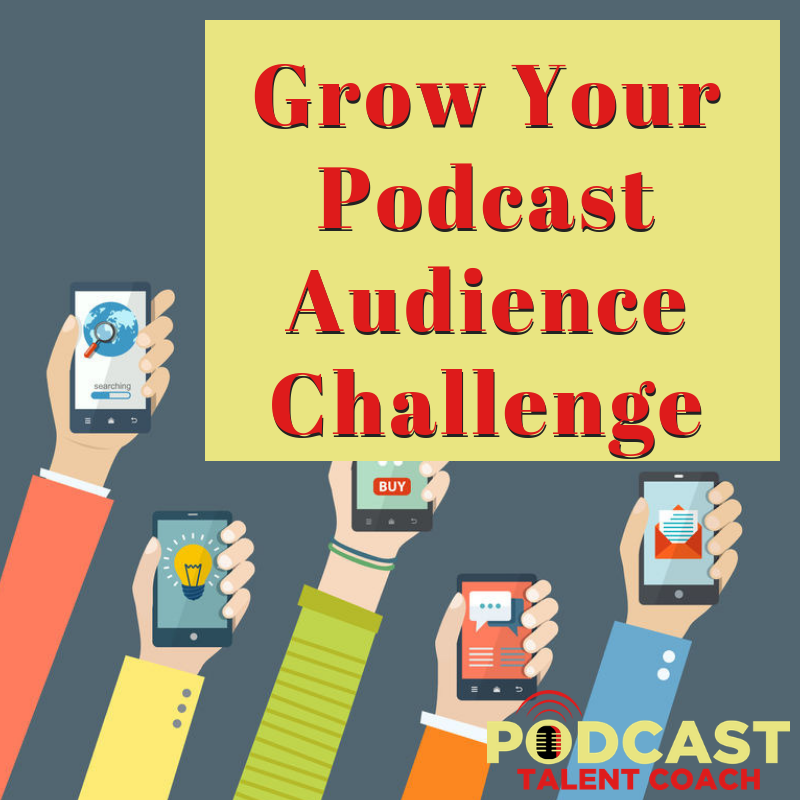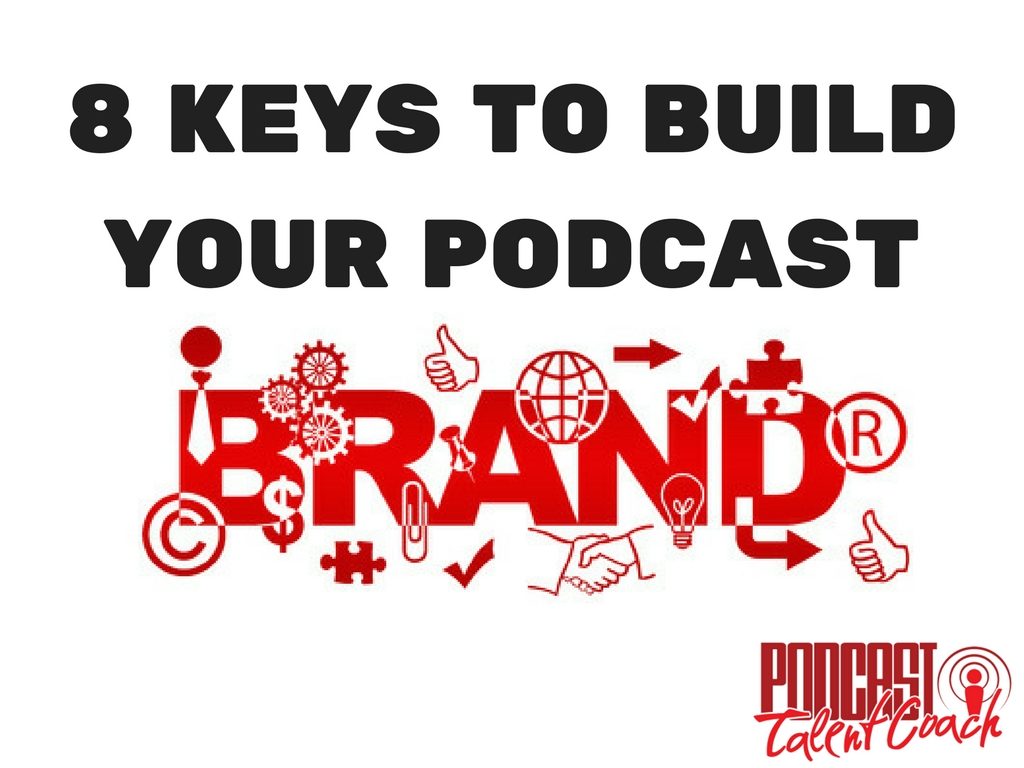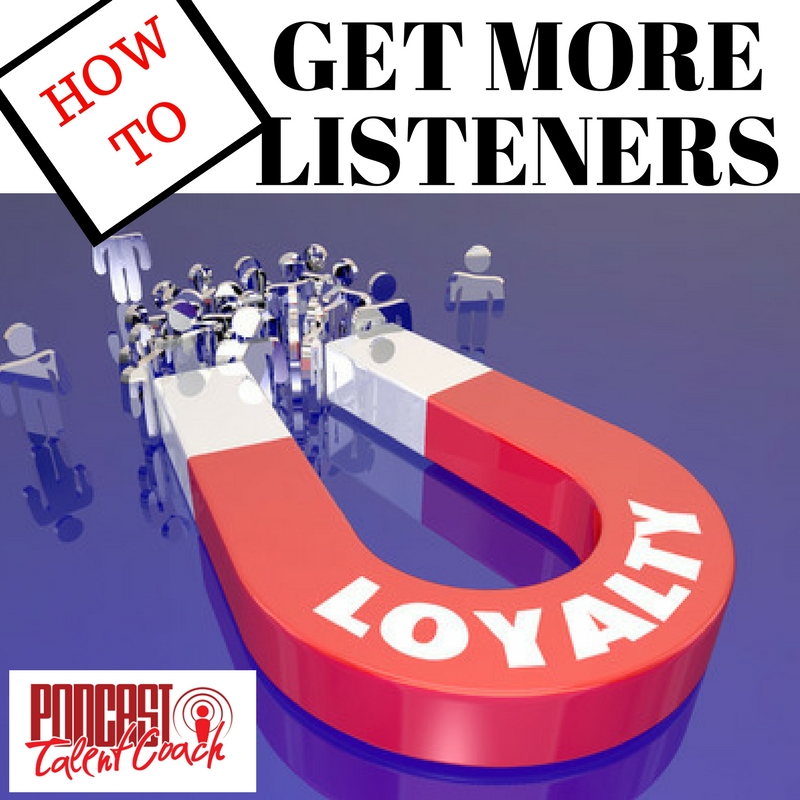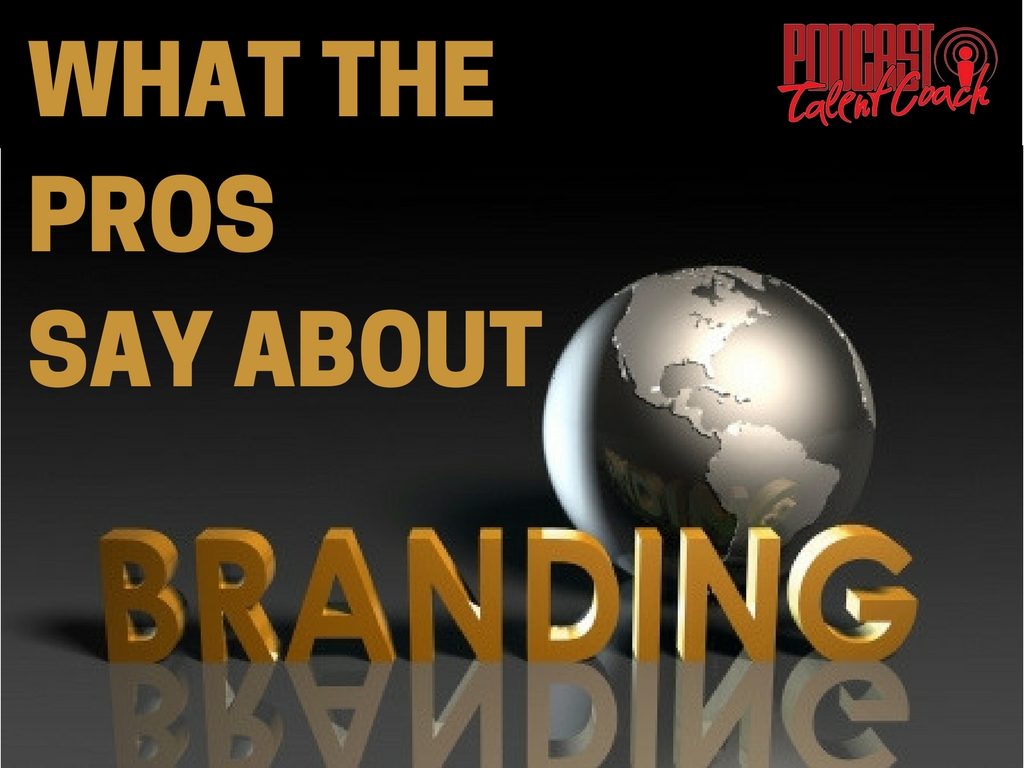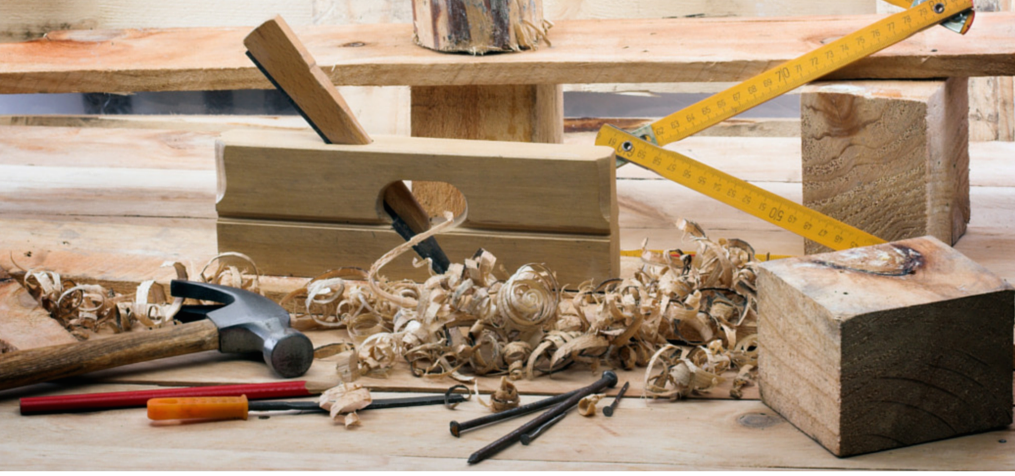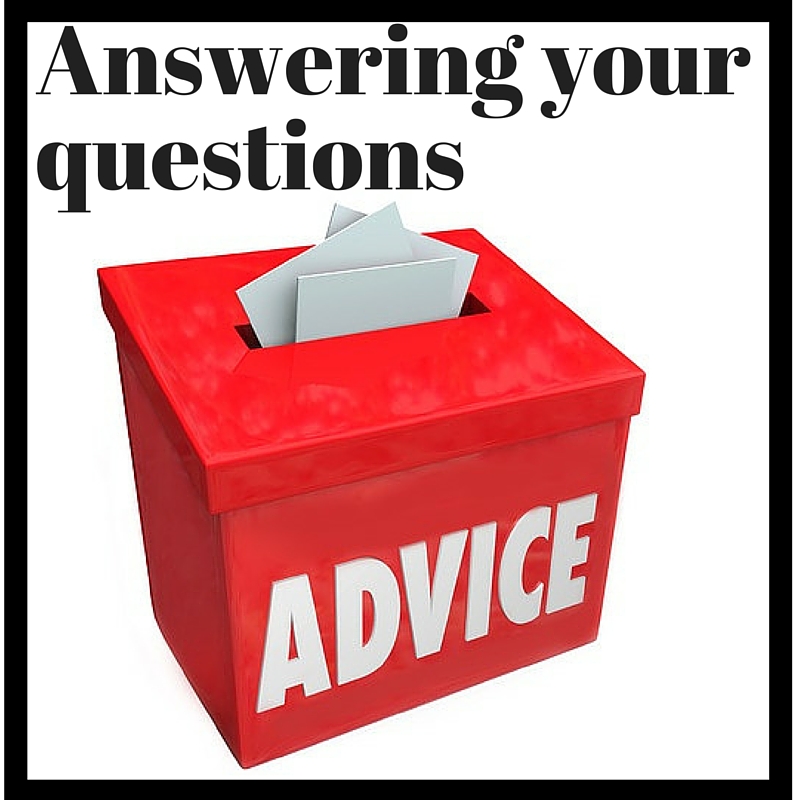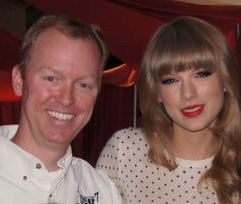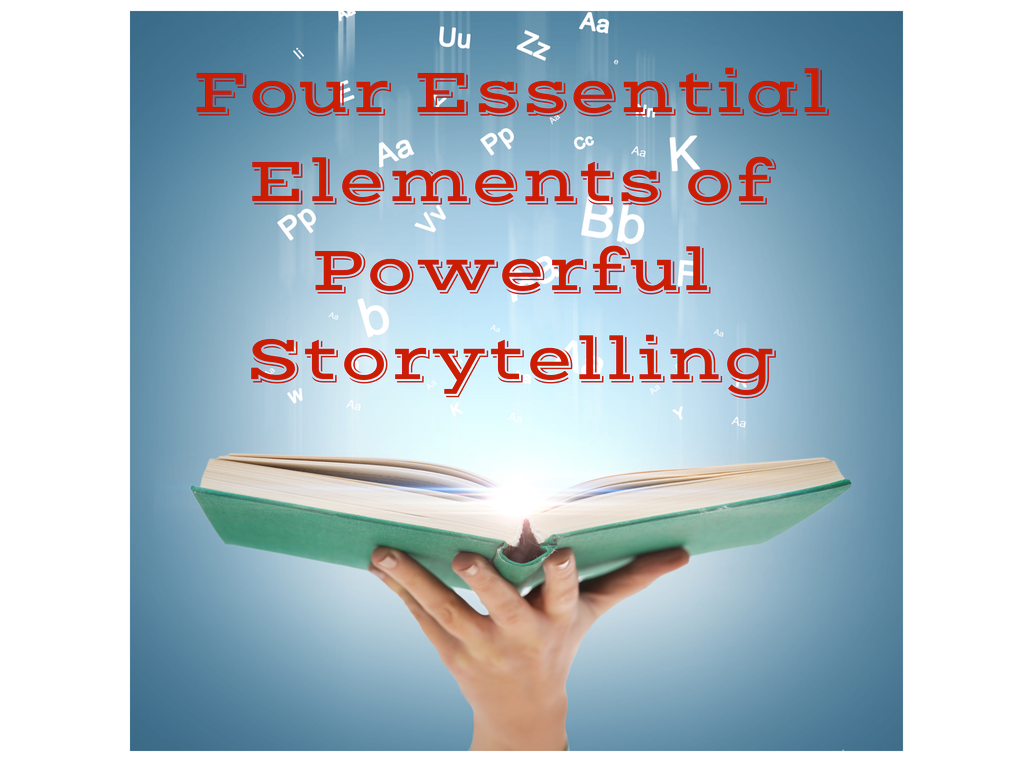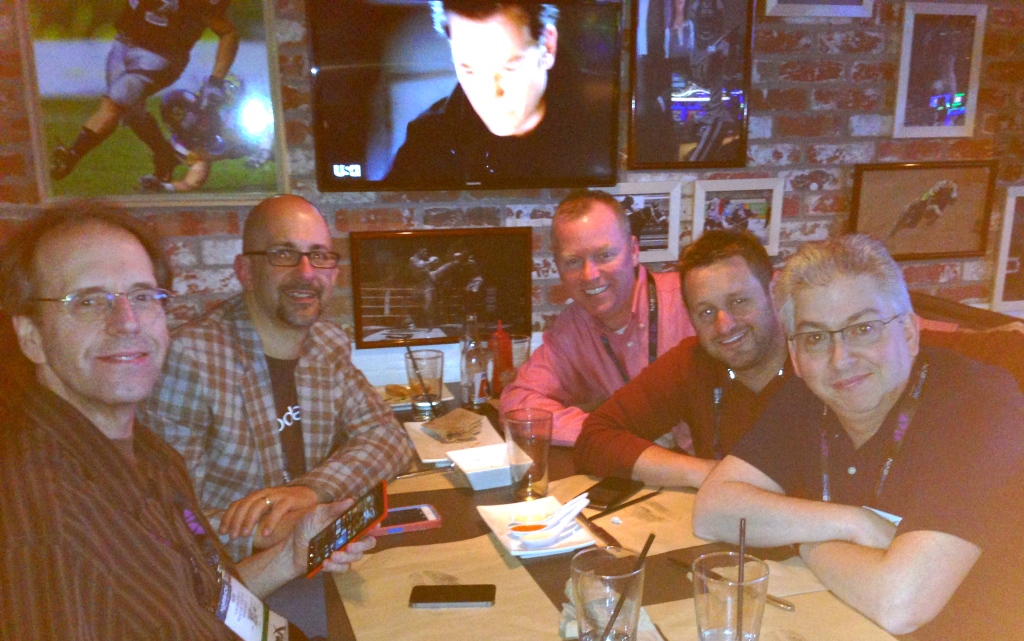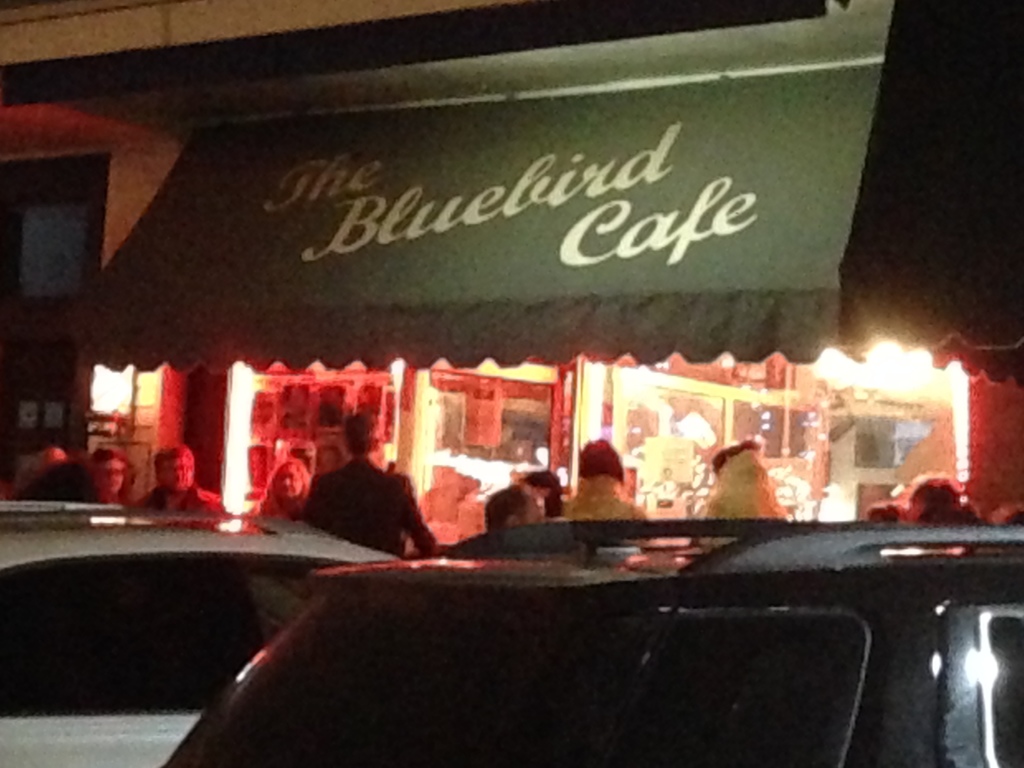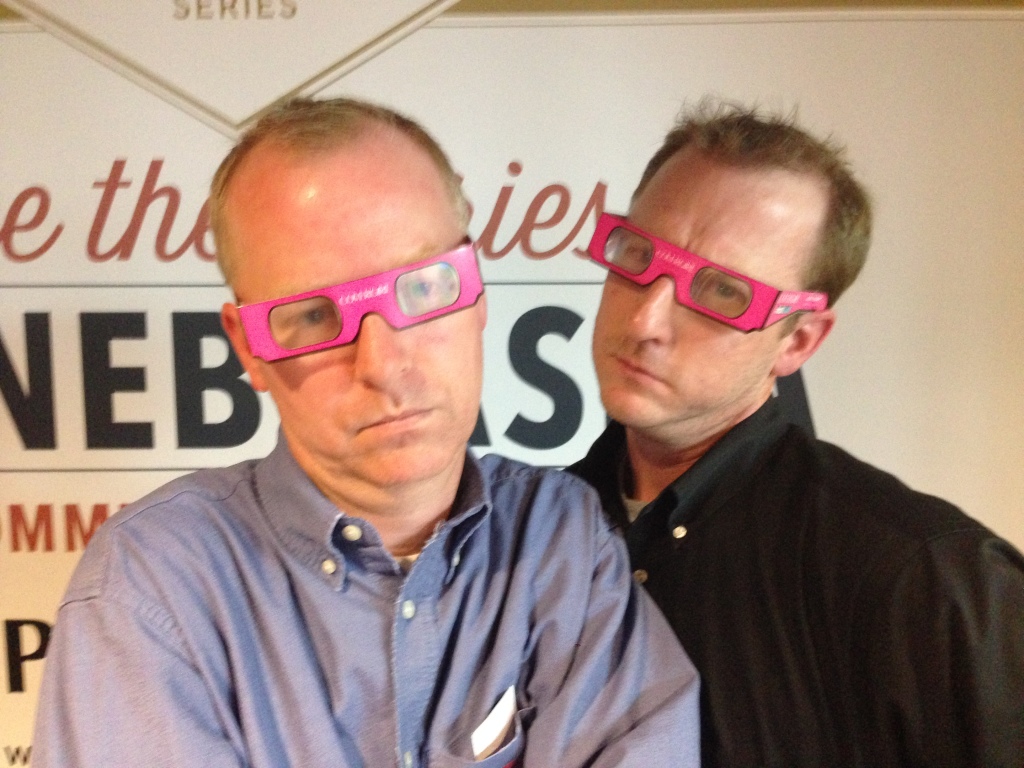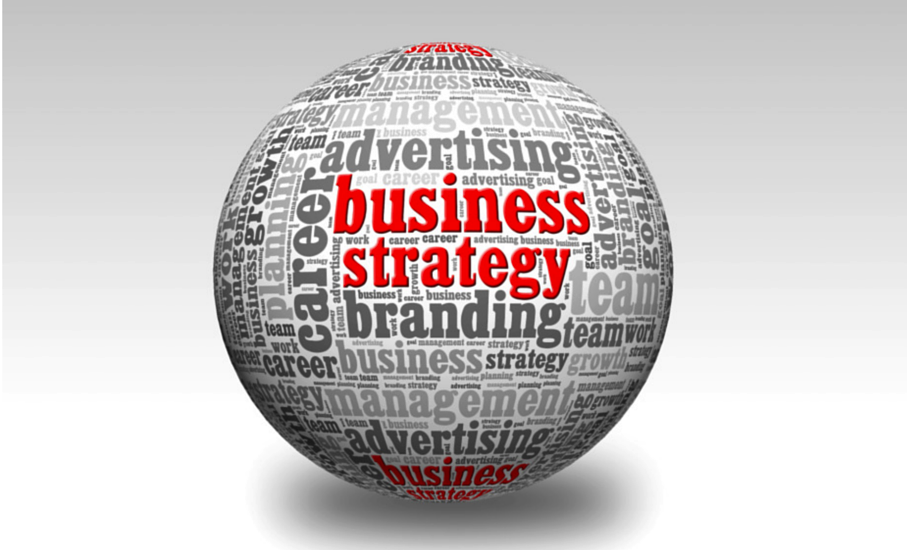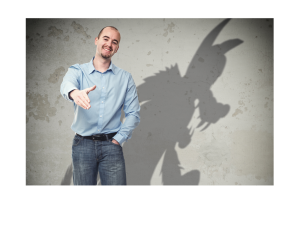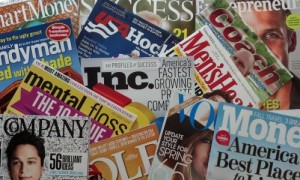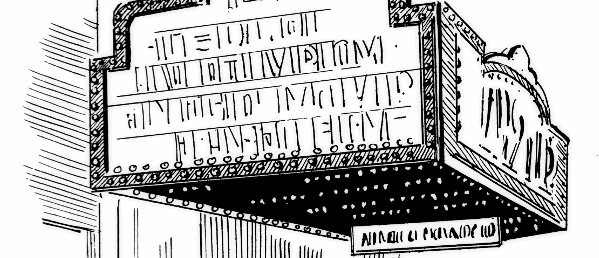Podcast: Play in new window | Download
Subscribe: RSS
Your brand needs to have an identity. In radio, we called it stationality. It was the personality of our station. The rock station had a different stationality than the pop station. Our country station had a different stationality than the news/talk station.
The rock station had that swagger. They were the rebels and trouble makers. You didn’t want to mess with those guys. They were the rule breakers.
The news/talk station was serious. They Knew what was happening in the news and in politics. They were plugged in with the movers and shakers in town. There wasn’t much sense of humor there.
As you develop your show brand, you need to decide what your personality will be. Then, be consistent with it.
There are four ingredients to a powerful podcast brand.
1. YOUR ONE THING – OWN YOUR CATEGORY
When you begin to define your brand and strategy, be specific. What is the one thing for which you will be known? What is the one thing that will make you stand out and be remembered?
You can ask yourself, “When people think of my brand, they think of _____.” It will be very difficult to become a memorable brand if you fill in that blank with some generic term like computers or cars or health.
Be specific, be focused, be consistent and own your brand.
Great brands own their category by consistently communicating one focused message.
Think of the best known brands in America.
The best-known soda in the world is defined by “the real thing”.
Who serves more hamburgers than anyone in the world?
Save 15% on your car insurance.
You’re a great athlete … just do it!
Coca Cola, McDonald’s, Geico, and Nike all deliver focused and consistent messages and thereby become solid brands.
If you study the great brands, you will notice they stand for one specific thing. McDonald’s isn’t simply “food”. It isn’t even “fast food”. McDonalds is hamburgers. Sure, they have other items on their menu. However, they are not known for their apple pies or chocolate milk. McDonald’s is known as a hamburger joint.
2. I’M NEW HERE – BE CONSISTENT AND WELCOMING
Include your brand statement in your show open. New listeners will be saying, “Hey, I’m new here. What’s goin’ on?” They should know in the first 30 seconds of your show.
The opening of your podcast should explain the purpose of your podcast and let your listeners know exactly what to expect as if this is the first time they have ever heard the show.
A well-crafted introduction serves two purposes.
First, it tells the brand new listener who is hearing the show for the very first time exactly what to expect from the show. It is like the intro to a late night talk show.
“From New York. It’s the Late Show with David Letterman. Tonight, Tom Cruise. Larry The Cable Guy. And Katy Perry. Letters from the mail bag. Tonight’s Top Ten list. And Paul Shaffer and the CBS Orchestra. And now, former New York City Medical Examiner … David Letterman.” You know exactly what is coming your way, even if you have never seen the show before.
Second, those that have heard the show before are confident that they are in the right place. Those regular listeners will find comfort in the opening of the show they hear each time they tune in.
Fans will also feel like they are “in the know”. This is similar to singing the theme song of your favorite sitcom. As soon as you hear the first few notes of the theme song, you know you’re on the right channel. Your show intro should elicit the same response.
As you create your show open, treat it as if every listener is saying, “Hey, I’m new here. What’s going on?” You’ll make everyone comfortable as the show begins.
3. YOUR STYLE – ADD YOUR PERSONALITY
In order to give your show personality, it needs to be unique. Have a distinctive voice. You can do that by adding context to your stories. What shaped your beliefs? What does your background include?
Create everything you do in your own style. You can only stand out among all other shows when you create your own unique style. You must then make sure everything you do is consistent with that style.
Many new broadcasters try to emulate the style of their hero or mentor. They attempt to imitate the styles they hear from other broadcasters. Unfortunately, copying doesn’t create a unique style. Copying typically creates a watered-down version of some other style. When creating your content, be yourself and find your own style.
Some of the greatest broadcasters didn’t start the ascension to the top until they abandoned the attempts to broadcast in the style they thought others desired and began being true to themselves.
BIG NAMES
Oprah Winfrey quit trying to be a traditional news anchor. She also quit doing the typical tabloid, daytime talk show. When she began to create the show she always desired, she went to the top of the game.
Howard Stern began as a radio DJ sounding like every other radio DJ. He was playing the records and spouting the lines written by management while going nowhere. When Stern decided he was going to do radio his way, he began to make a name for himself. He also went to the top.
Rush Limbaugh followed a very similar path. He had a cheesy radio name. He followed the format designed by somebody else. Limbaugh made every attempt to fulfill the typical radio DJ stereotype. He also got fired again and again. When he decided to broadcast in his style and true to his beliefs, he began his rise to the top.
Adam Carolla made his climb when he took full control over his style and show. He was climbing the DJ ladder in Los Angeles. Carolla had some decent television work. He then decided to create his own show in his own style via podcast. That began his rise as one of the biggest podcasters in the world.
All of these broadcasters made the decision to stop copying others. They all created shows that were true to their style.
They each also stay true to their style in everything they do. You will never hear Rush sound like Howard. You’ll never mistake something Oprah says as something Adam might say. Being true to their style isn’t something that takes conscious effort. It comes easy to each of them, because it is true to who they are as people.
4. BE YOURSELF
Don’t force your brand. Be yourself.
A great podcast is a great relationship. It is just like creating a great brand. In order to develop that solid relationship, you must be yourself. You can’t fake it.
When you try to be someone or something you are not, you will not sound authentic. Eventually, the truth will come out.
Have you ever met someone you had admired from afar, only to have them do something that didn’t fit with your image of them? Maybe it was a baseball player, or a movie star, or a politician or a musician.
You met them with great expectations of an encounter with your hero only to find out they were rude and average. It turned out they were only being who they thought they should be for the public when really they were someone completely different in real life.
Everyone has their flaws. That is what makes them human.
Howard Stern has flaws. He makes his flaws part of his show.
Domino’s Pizza admitted the errors of their ways with their cheap, low quality pizza. They laid it out for the world to see in their marketing.
Your listener will accept your flaws. They will feel like you are “one of them” when you admit your flaws upfront. Don’t be afraid to expose yourself.
When your listener discovers you are something other than the character you portray, the bond of trust will be demolished. Your relationship will be forever damaged.
Build a solid brand. Be yourself.
YOUR BRAND
Own your category. Be unique. Be clear and consistent. Ensure you are welcoming. Include your personality. Be yourself.





